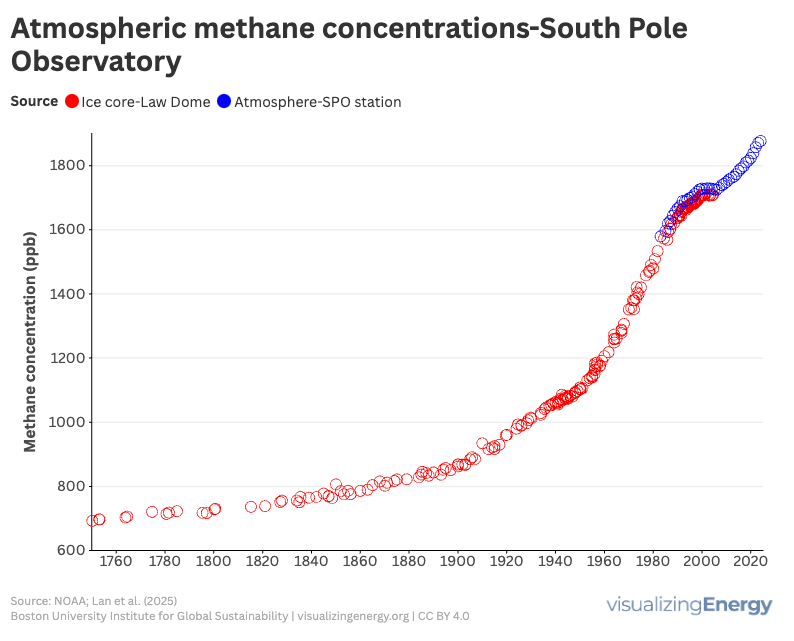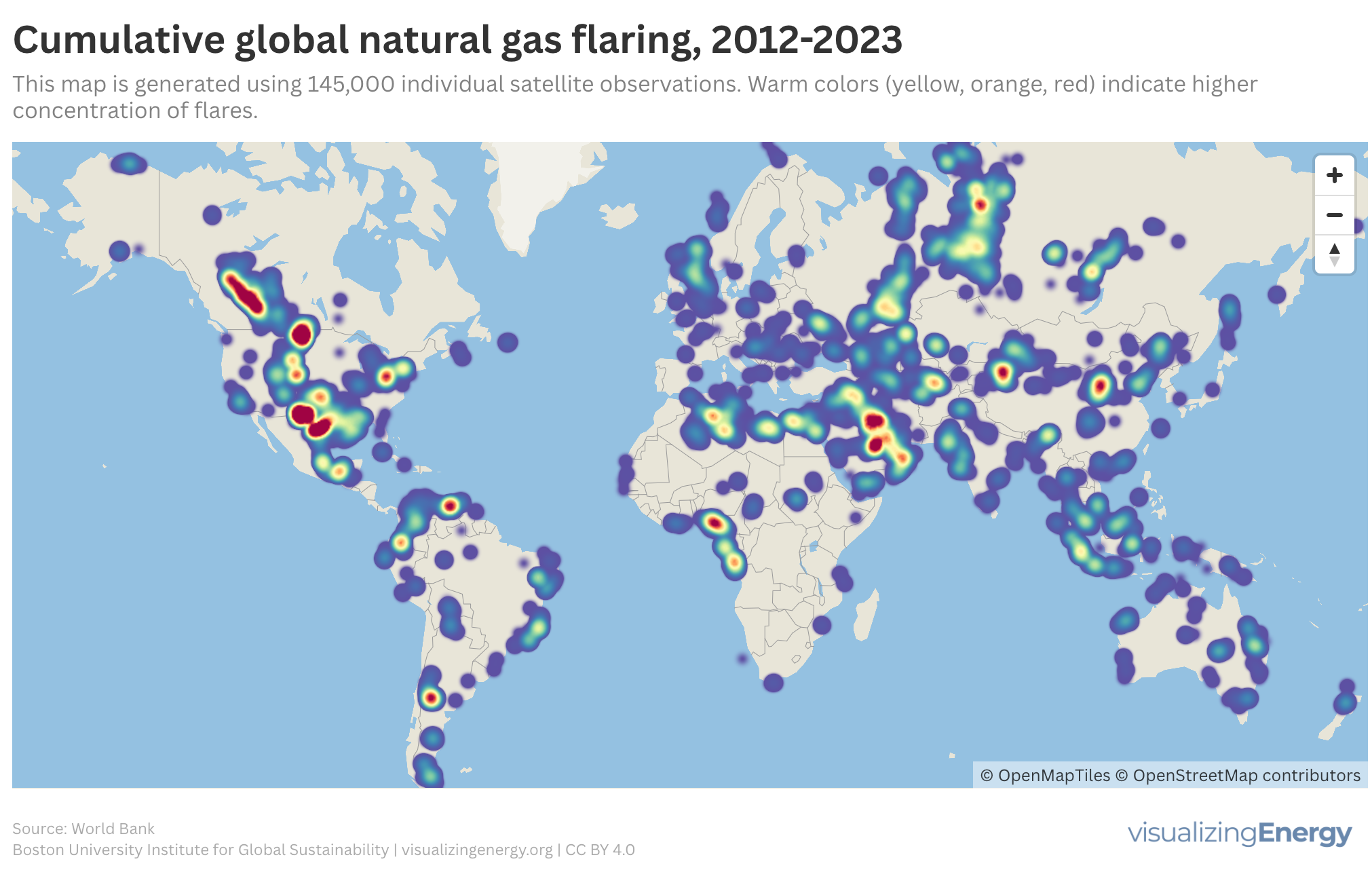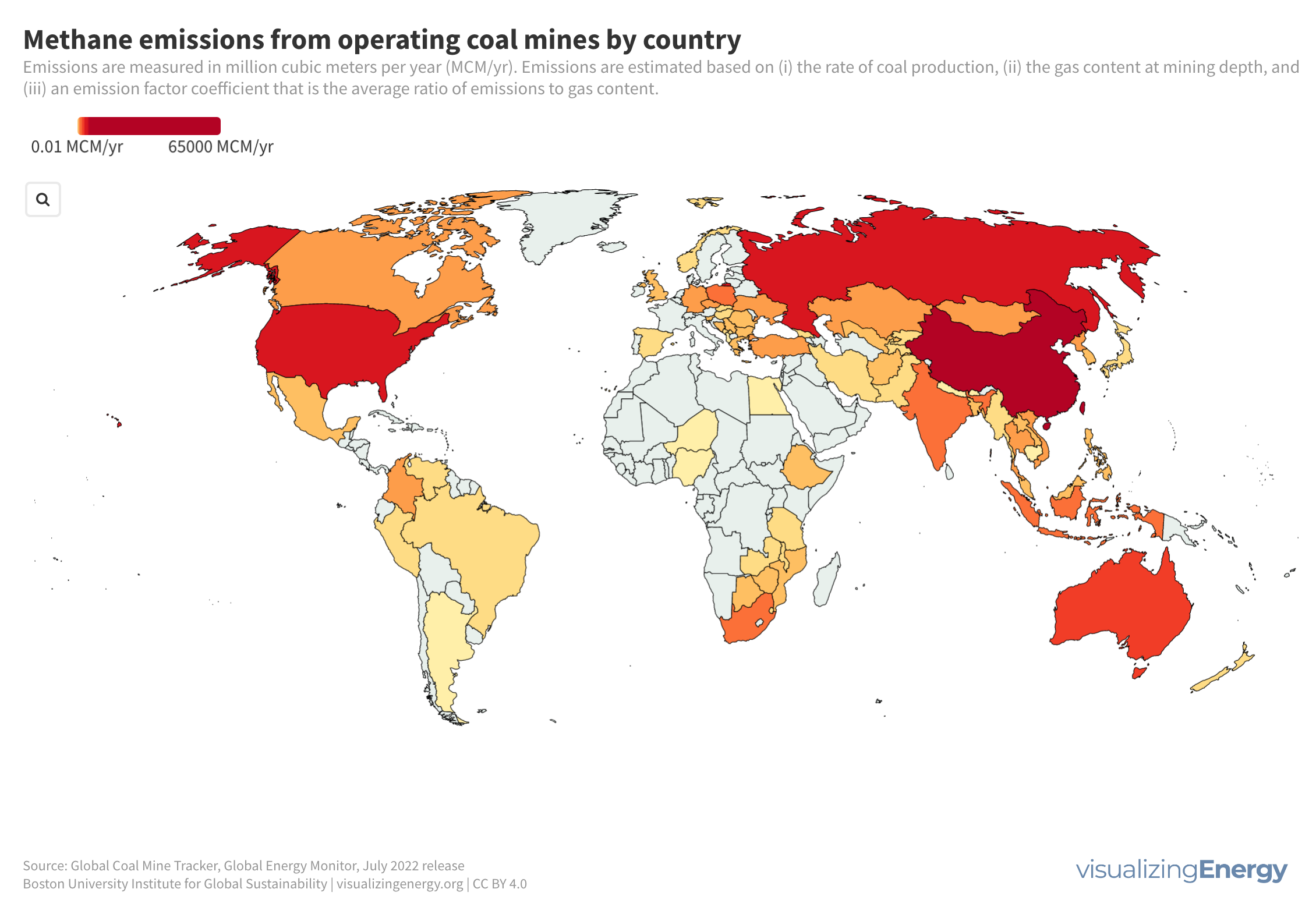Global anthropogenic methane emissions, 1970-2022
Methane (CH4) is a hydrocarbon and a major component of natural gas. It is a potent greenhouse gas (GHG), so its presence in the atmosphere
Methane (CH4) is a hydrocarbon and a major component of natural gas. It is a potent greenhouse gas (GHG), so its presence in the atmosphere
Methane belongs to a class of so-called “super pollutants” that simultaneously contribute to climate change and degrade the health of people and ecosystems. It has

Methane is a potent greenhouse gas that has about 30 times the impact on global warming per unit mass compared to carbon dioxide over a

Satellites significantly enhance our understanding of methane emissions, responsible for about 30% of anthropogenic global warming. The United Nations Environment Programme’s Methane Alert and Response System detects plumes from waste, oil, gas, and coal, identifying super emitters to improve emissions accountability. Methane from waste facilities is particularly concerning due to inefficient capture methods.

Crude oil and natural gas often coexist in reservoirs, leading to natural gas flaring when oil is extracted. This process not only wastes energy but also contributes significantly to global methane emissions. Despite initiatives like the Zero Routine Flaring by 2030, flaring volumes remain high, particularly in nine major countries responsible for the majority.

Methane emissions from coal mines are a significant concern for greenhouse gas reduction. Certain mines, known as “superemitters,” contribute a large proportion of global methane emissions. Factors like mine depth and coal rank affect methane content. While reducing coal use in electricity generation is important, mitigating methane emissions from mines needs greater attention.